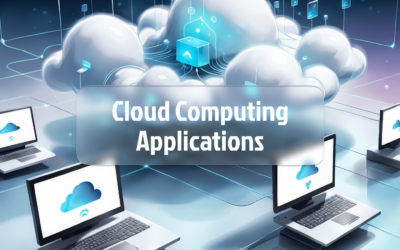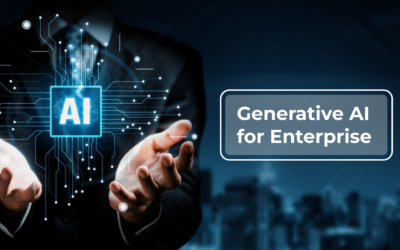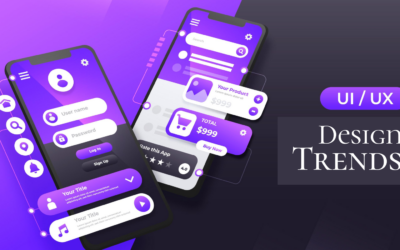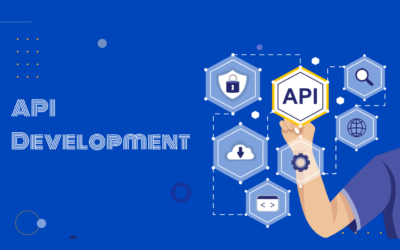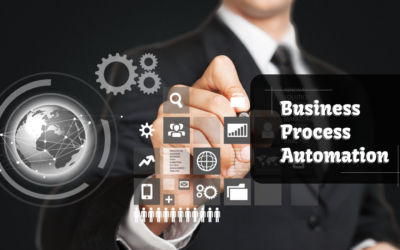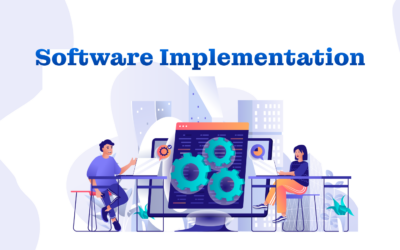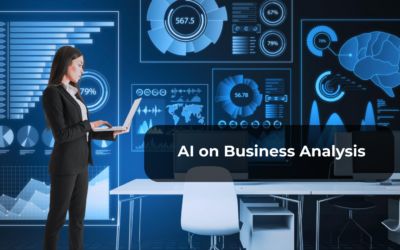Embracing Next-Gen Business Analytics
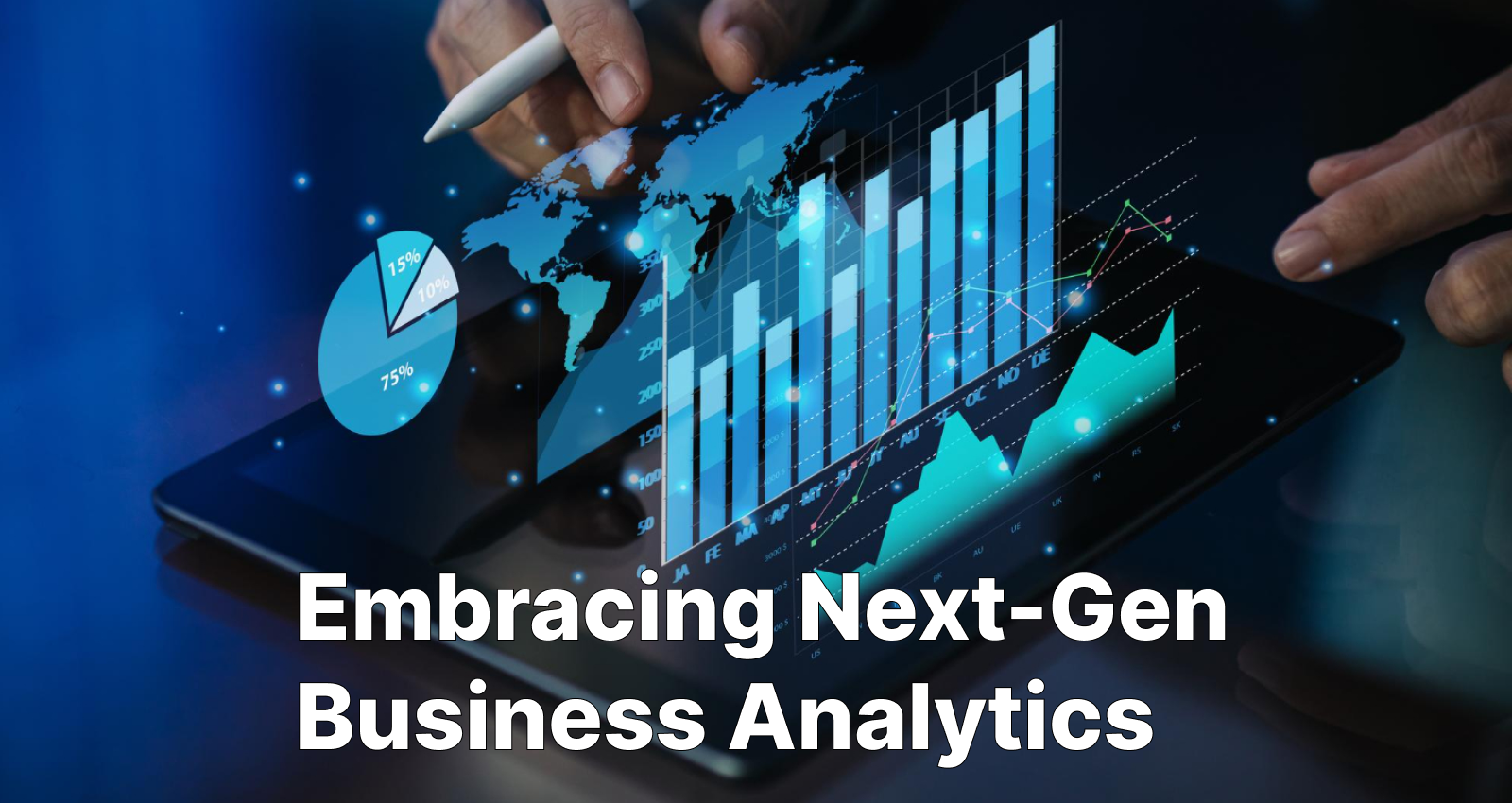
The newest developments in data analysis technology and methods are referred to as next-generation business analytics. Advanced algorithms and artificial intelligence (AI) are used in this sort of analytics to glean insights from sizable and complicated data sets. The business decisions that result from these insights can then be leveraged to promote profitability and growth.
The capacity to process enormous amounts of data fast and accurately is one of the essential elements of next-generation business analytics. This is made feasible by the usage of cloud computing and storage, which enables businesses to store and handle massive amounts of data without the need for costly on-premises infrastructure. Additionally, firms may uncover patterns and trends in data that would be challenging, if not impossible, without the use of AI-powered analytics tools.
The incorporation of real-time data into the analysis process is a key component of next-generation business analytics. As a result, businesses are able to make more educated decisions based on current information rather than solely relying on historical data. Fast-paced businesses like finance, where decisions must be taken rapidly to take advantage of market opportunities, can benefit greatly from real-time analytics.
The next generation of business analytics also includes machine learning, a branch of artificial intelligence that enables systems to develop over time without being explicitly designed. The development of predictive models that anticipate future results based on historical data or the detection of anomalies and outliers that may point to a problem or an opportunity can both be done using machine learning.
Finally, dashboards and visualizations are frequently used in next-generation business analytics to aid users in comprehending and interpreting data. Decision-makers can more easily recognize trends and reach well-informed conclusions with the help of these technologies, which can make complex data sets more accessible and usable.
How is next gen business analytics shaping the future?
Future trends are being shaped by next-generation business analytics in various ways. Companies are able to make better decisions, generate growth, and maintain competitiveness in a quickly changing business environment by utilizing cutting-edge technology and processes to extract insights from complicated data sets.
One significant way that next-generation business analytics influences the future is by enabling businesses to approach problem-solving proactively. Companies can utilize real-time data analysis to see possible issues and address them before they grow into significant problems rather than waiting for difficulties to appear. For instance, a shop may utilize next-generation analytics to continuously track sales data and modify price or marketing plans as necessary.
Future-shaping next-generation business analytics also makes it possible for businesses to customize their goods and services to cater to the particular requirements of each client. Companies can better understand client preferences and behavior by utilizing data analytics, which enables them to focus their services on customer categories. A streaming service, for instance, might utilize cutting-edge analytics to suggest movies or TV series based on a user’s viewing preferences. Innovation is also being spurred by next-generation corporate analytics across a range of sectors, including healthcare, finance, and manufacturing. Businesses can find new chances for growth and provide creative solutions to persistent problems by analyzing huge and complicated data sets.
What opportunities will next gen business analytics bring to business?
Next-gen business analytics brings a wide range of opportunities to businesses across industries. By leveraging advanced technology and techniques, companies can gain deeper insights into their operations, customers, and markets, allowing them to make more informed decisions, drive growth, and remain competitive in a rapidly evolving business landscape.
One of the key opportunities that next-gen business analytics brings to businesses is the ability to identify new sources of revenue and growth. By analyzing large and complex data sets, companies can uncover patterns and trends that may have been difficult to detect using traditional methods. For example, a retailer might use next-gen analytics to identify new market segments to target, or a financial institution might use analytics to identify new investment opportunities.
Next-gen business analytics also presents opportunities for businesses to personalize their products and services to better meet the needs of individual customers. By leveraging data analytics, companies can gain a deeper understanding of customer preferences and behavior, allowing them to tailor their offerings to specific segments of their customer base. For example, a fashion retailer might use analytics to recommend products based on a customer’s past purchases or browsing history.
Another opportunity that next-gen business analytics presents to businesses is the ability to improve operational efficiency and reduce costs. By automating routine tasks and identifying areas of waste or inefficiency, companies can streamline their operations and improve their bottom line. For example, a logistics company might use next-gen analytics to optimize delivery routes and reduce fuel consumption.
Next-gen business analytics also offers businesses the opportunity to gain a competitive edge in their industry. By using advanced analytics tools and techniques, companies can make faster and more informed decisions, enabling them to react more quickly to changes in the market. This can be particularly valuable in industries where competition is fierce, and margins are tight.
Businesses have a variety of opportunities thanks to next-generation business analytics, including the capacity to find new sources of income and growth, tailor goods and services, increase operational effectiveness, acquire a competitive edge, and boost client retention and happiness. The potential for next-generation business analytics is essentially endless as technology and analytics capabilities develop.
